This item documents Hitler’s direct involvement in German naval strategic planning. It includes:
- Conference minutes (many marked “Geheim” – Secret)
- Naval directives and orders signed or dictated by Hitler
- U-boat campaign discussions, including rules of engagement
- Industrial production meetings on submarine manufacturing
- Strategic overviews on the Atlantic War, blockade tactics, convoy attacks
- Political-military assessments involving Italy, Spain, Japan, USSR
- Notes on naval logistics, fuel priorities, shipyard capabilities
Notable Topics:
- The Scapa Flow attack (U-47 / Günther Prien)
- Transition from restricted to unrestricted submarine warfare
- Hitler’s personal justifications for violating neutral shipping protections
- Economic warfare against Britain through maritime interdiction
- Pressure for U-boat mass production and redirection of industrial capacity
- Detailed tracking of tonnage sunk and submarine losses
Structure
Documents are presented in chronological order, often prefaced with typed summaries. Many pages are scans of original German military papers, including:
- Typed wartime conference records
- Handwritten notes with Nazi Party insignia
- Signed orders and annotated memos
Disclaimer
This document, “Complete Führer Naval Conferences 1939–45 (Irving File 44),” contains primary source material originating from the Nazi regime during World War II. It includes directives, correspondence, and meeting records involving senior leadership of the Third Reich, including Adolf Hitler.
⚠️ Content Advisory
- The content reflects the language, ideology, and strategic deliberations of a totalitarian and genocidal regime.
- Some pages contain Nazi insignia, symbols, and terminology that are offensive and historically associated with crimes against humanity.
- The inclusion of this material is solely for historical research, educational purposes, and documentation of wartime decision-making, not to promote or endorse any political or ideological views represented therein.
⚠️ Provenance & Reliability
- While many documents within the file are facsimiles of authentic German wartime records, users should exercise critical scrutiny, especially regarding interpretive annotations, translated captions, or contextual summaries.
- Researchers are strongly encouraged to corroborate materials with verified archival sources (e.g., Bundesarchiv, NARA, Imperial War Museum, etc.).
Condition Note
The file appears to be in fair to good physical condition overall. Many pages are clean and sharply scanned, particularly those consisting of typed German text, which remains mostly legible and well-preserved throughout. However, a significant portion of the document includes handwritten notes and marginalia, some of which are faint, stylized, or partially obscured, requiring careful scrutiny or enhancement for full interpretation.
While the image quality is generally stable, some early pages (e.g., pages 3–10) show visible degradation, blurred ink, or faded strokes, especially in handwritten annotations. These issues may slightly hinder OCR accuracy but do not significantly affect the usability of the document for research or archival purposes.


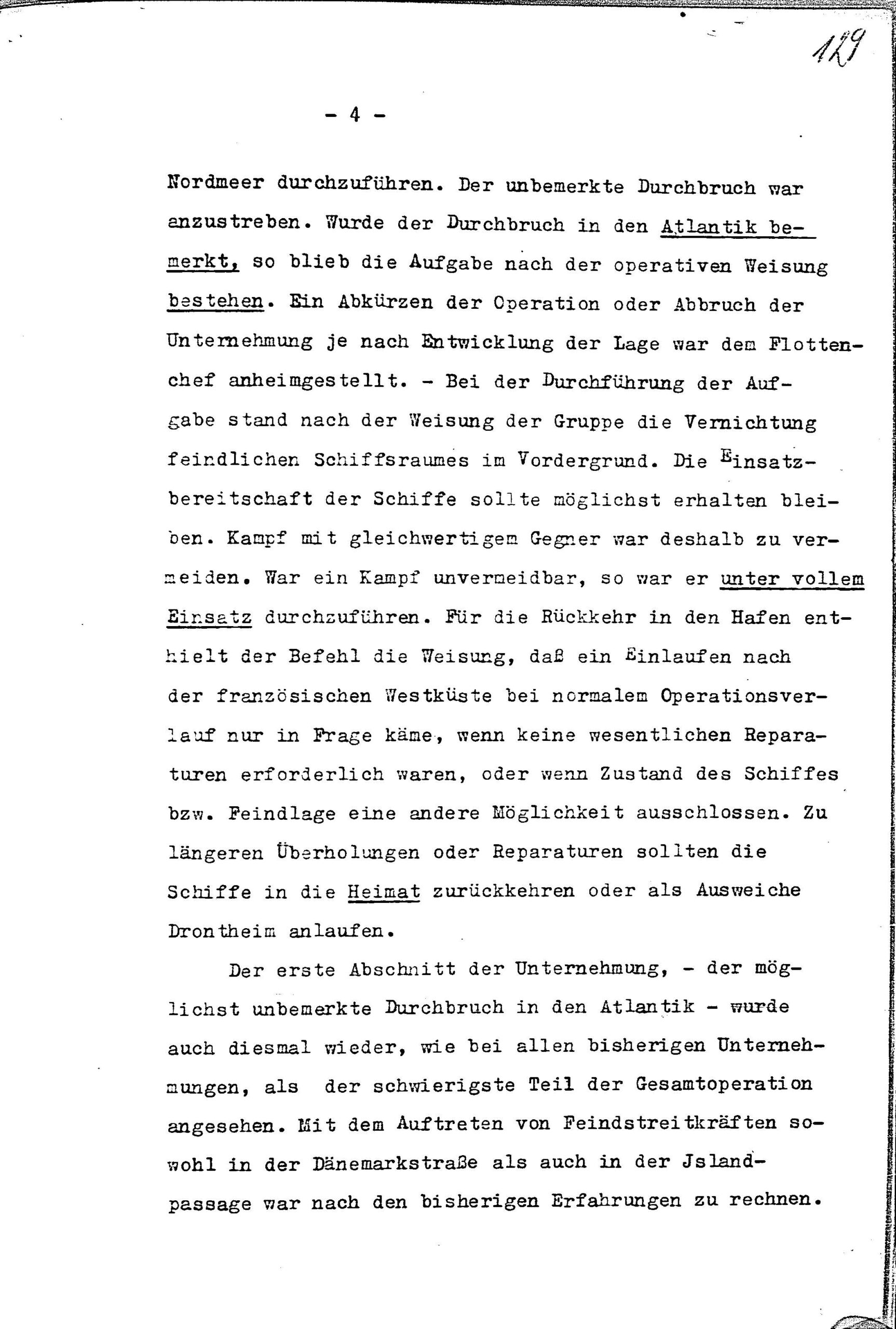
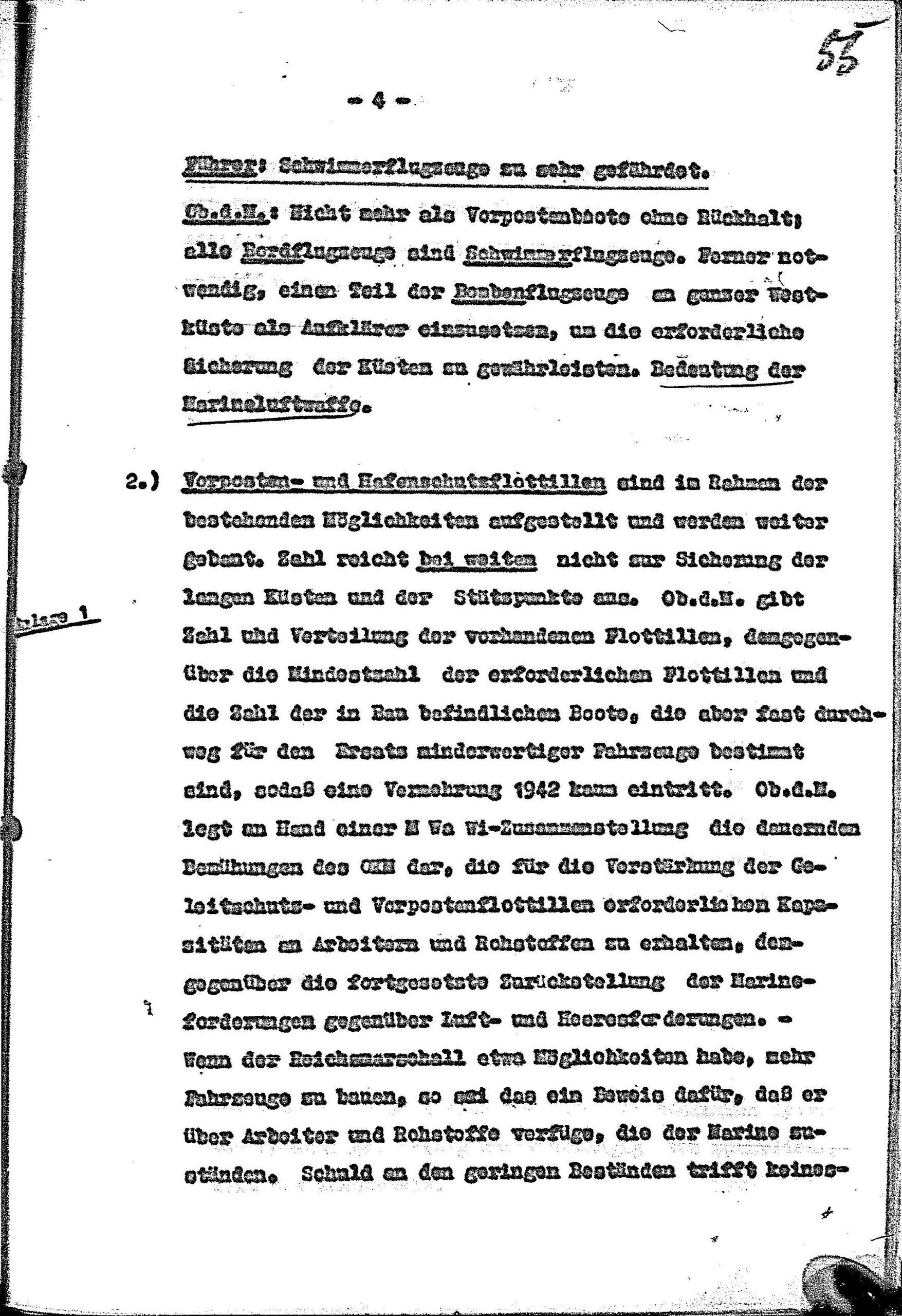
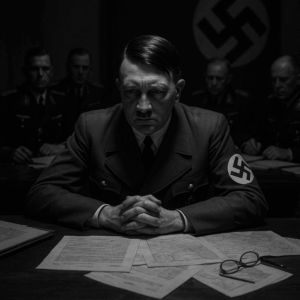
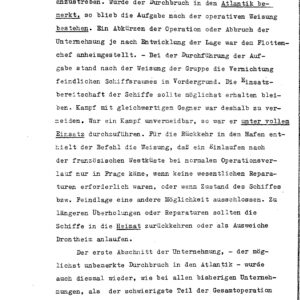
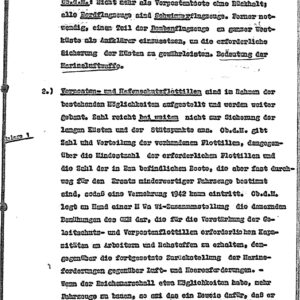
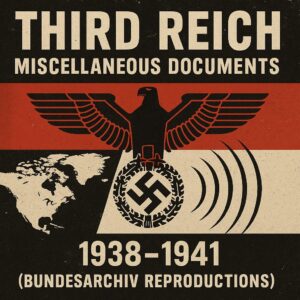
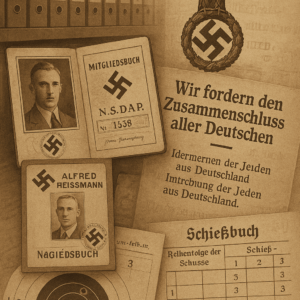

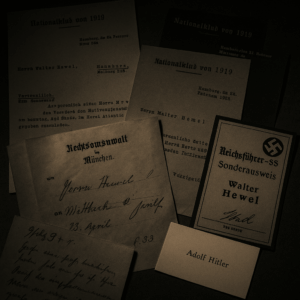
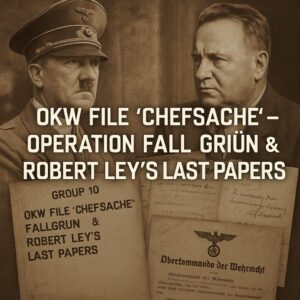
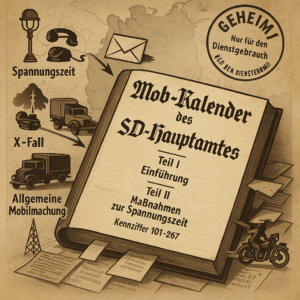
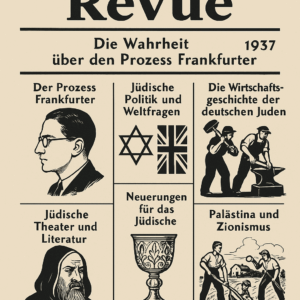
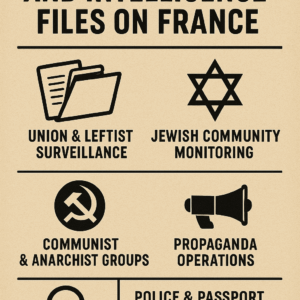
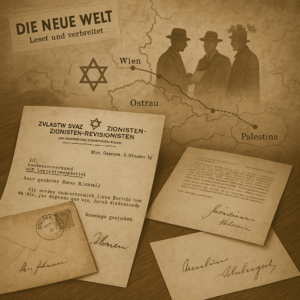

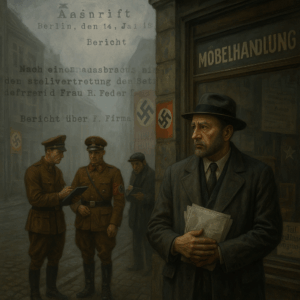
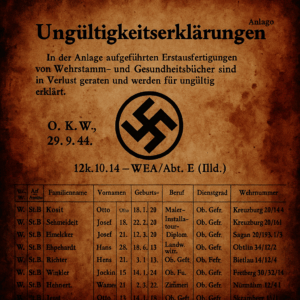
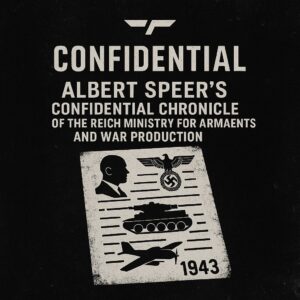
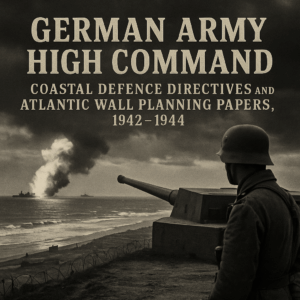
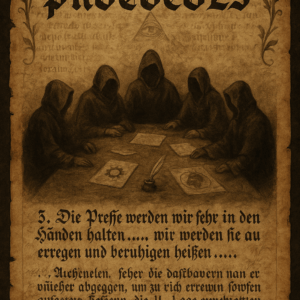
Reviews
There are no reviews yet.